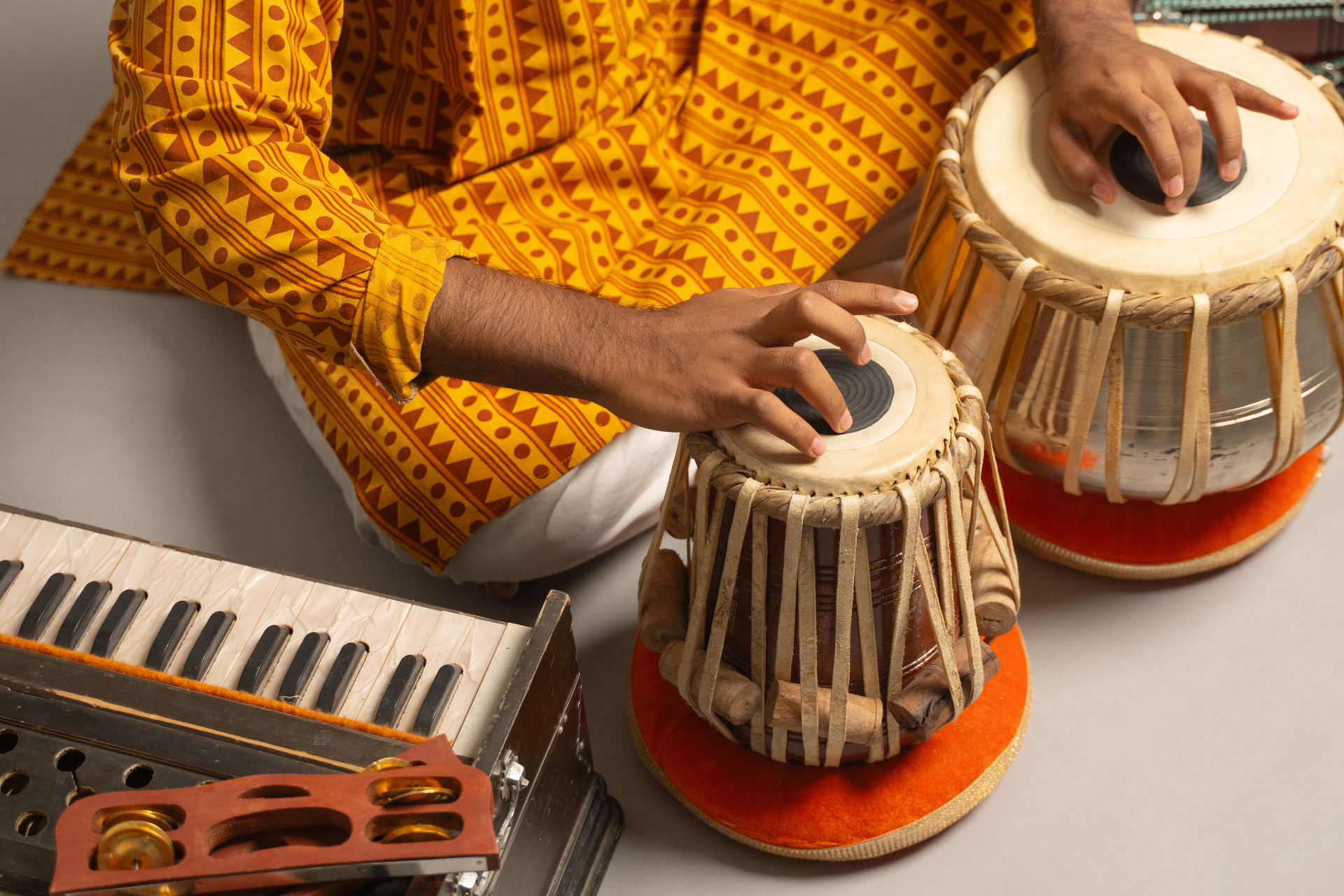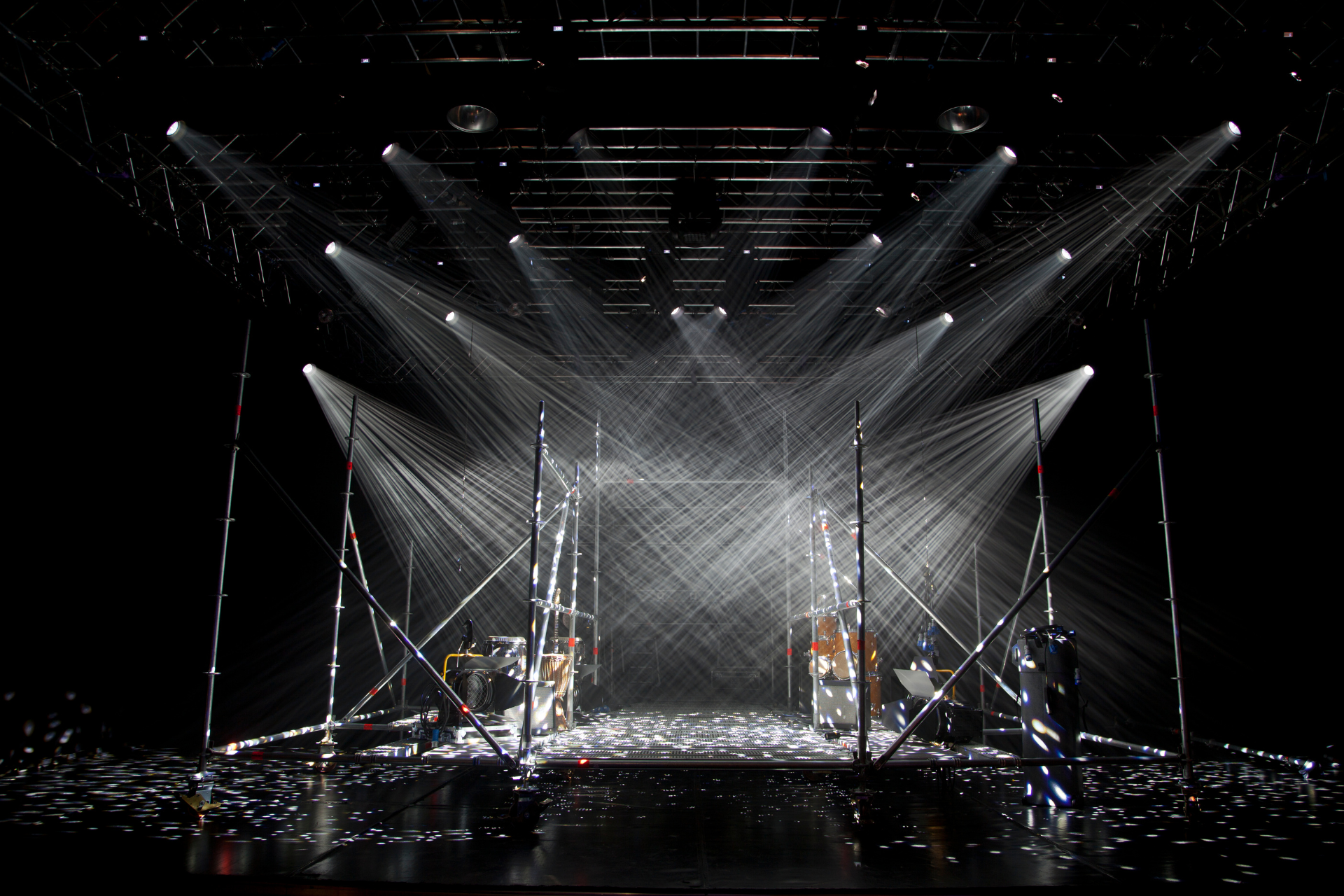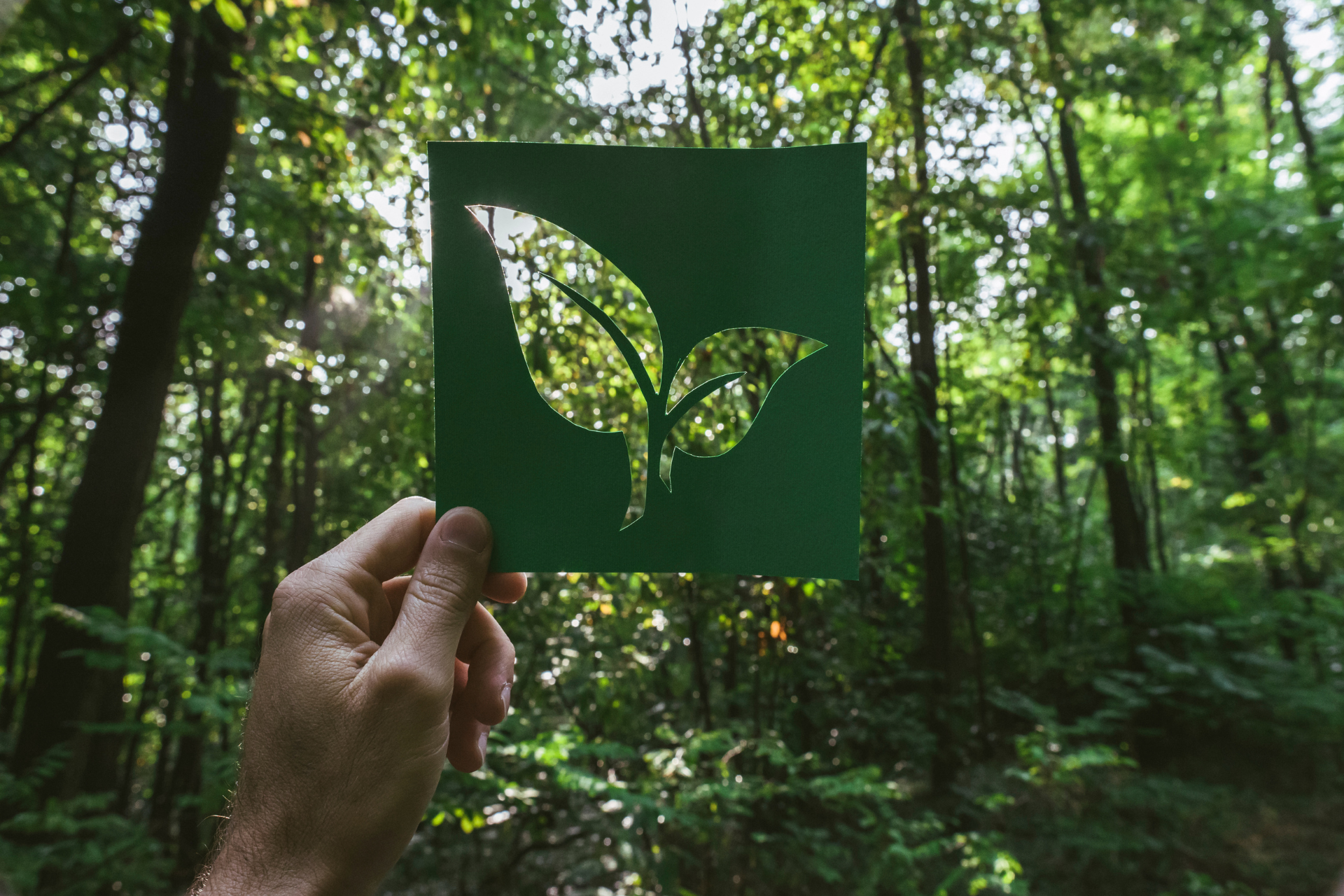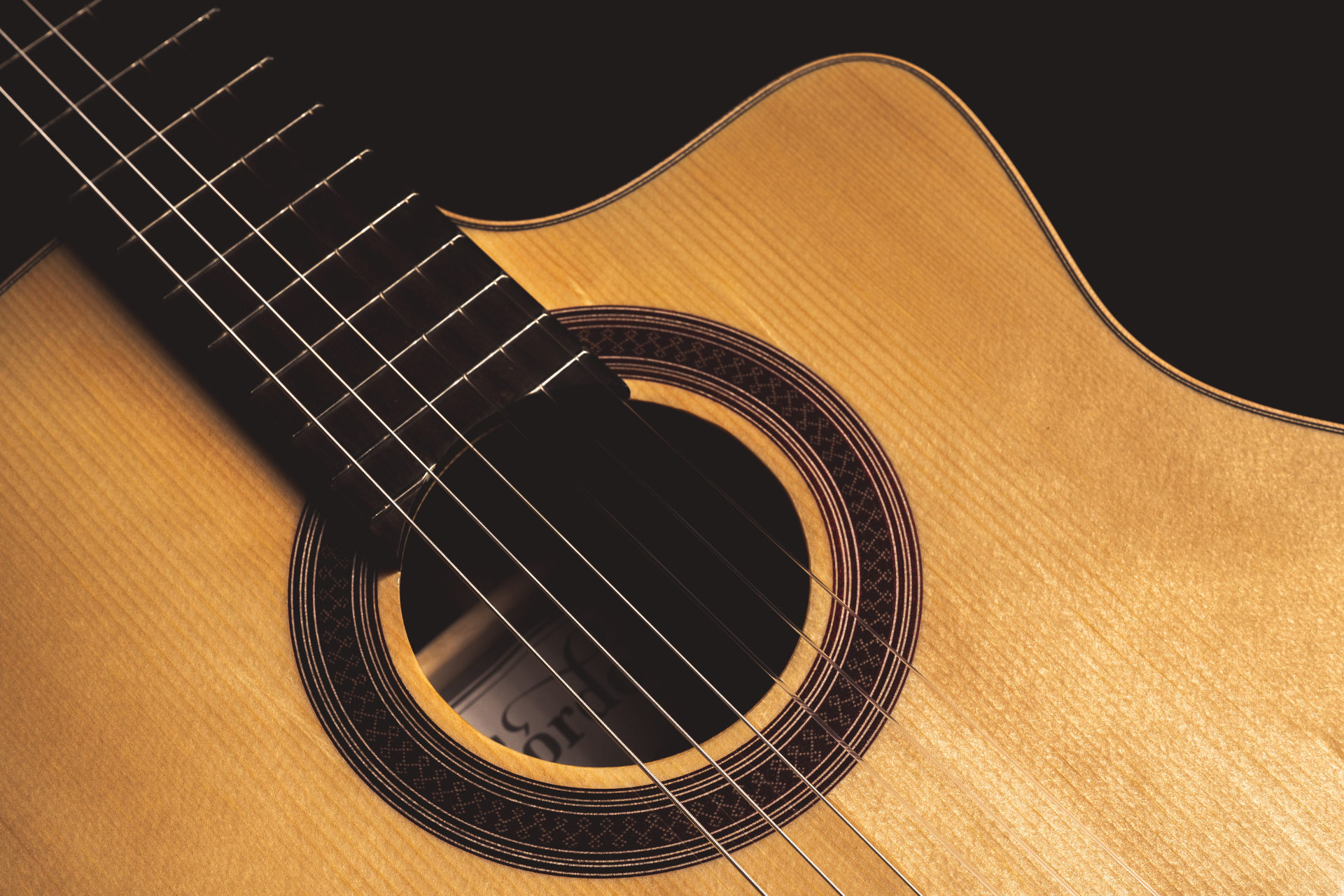General Articles
-
Best Instruments for Solo Travel Musicians
Solo travel musicians need instruments that are lightweight, portable, and versatile without compromising on sound quality. Acoustic guitars, ukuleles, portable keyboards, cajons, harmonicas, travel violins, and compact wind instruments are perfect choices for performing on the move. These instruments allow musicians to maintain their creative expression, adapt to different venues, and engage audiences anywhere, making travel performances both practical and musically rewarding.
-
The Rise of Multi-Cultural Instruments in Western Music
Multi-cultural instruments are transforming Western music by introducing unique tones, rhythms, and rich cultural heritage. From the sitar and oud to the kora and erhu, these instruments bring global traditions into contemporary compositions, creating fresh and innovative soundscapes. Musicians are blending these instruments with modern genres, experimenting with fusion styles, and collaborating across cultures to craft music that is both original and deeply expressive. This resurgence not only enriches the musical experience for audiences but also celebrates diversity and preserves the artistry of traditional instruments for future generations.
-
Modernizing Traditional Instruments for the Stage
Modernizing traditional instruments allows musicians to bring centuries of heritage to contemporary stages. Through careful amplification, effects, and stage setup, these instruments maintain their authentic sound while reaching larger audiences. Thoughtful integration of technology preserves tonal quality, playability, and cultural identity, making traditional music vibrant and relevant in modern performances.
-
Sustainable Music Gear and the Future of Eco-Friendly Instruments
As sustainability reshapes the music world, eco-friendly instruments are becoming a symbol of responsible artistry. Crafted from reclaimed woods, certified tonewoods, and innovative natural materials, these instruments reduce environmental impact while preserving exceptional sound. Ethical craftsmanship also ensures fair labour and long-lasting quality, allowing musicians to create music with a clear conscience. The movement toward sustainable gear reflects a growing harmony between creativity and environmental responsibility, proving that great music can be both beautiful and kind to the planet.
-
Choosing and Caring for Your Handcrafted Acoustic Instrument
Handcrafted acoustic instruments are more than just tools for making music—they’re works of art that carry the signature of the luthier who built them. Choosing the right one involves understanding tonewoods, craftsmanship, and playability to find the perfect match for your style. With proper care, including humidity control, regular cleaning, and professional maintenance, these instruments only grow richer in tone over time. Whether you’re a seasoned musician or a passionate beginner, investing in a handcrafted instrument means building a lifelong relationship with sound and artistry.





